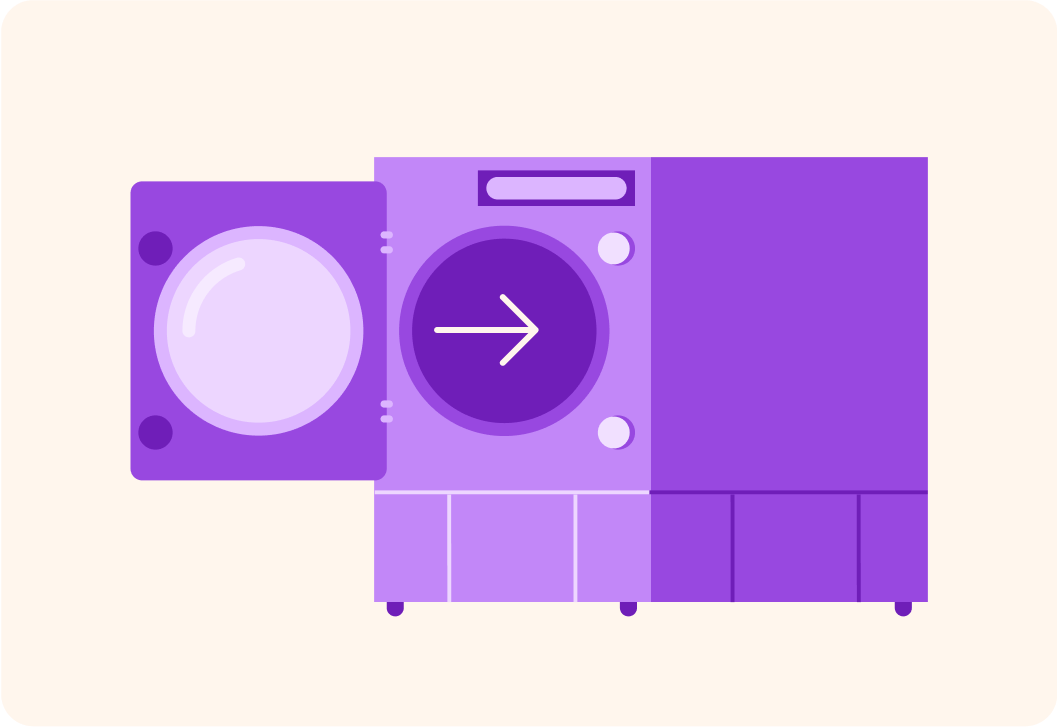YOU ARE LEARNING:
Aseptic Technique

Aseptic Technique
To help prevent the spread of unwanted bacteria in areas such as laboratories, several methods can be followed to produce an aseptic environment.
Scientists work with bacteria and other microorganisms to understand them. However, measures must be taken to prevent cross-contamination in the laboratory, so we have developed a load of aseptic techniques to help us during culturing of microorganisms in the lab.
This is an autoclave.
An autoclave is a piece of equipment that fills a chamber with very hot steam.

We put laboratory objects in the autoclave to...
A) destroy them. B) sterilise them. C) reshape them.
Answer A, B or C.


We put culture mediums or growth mediums (a kind of jelly with nutrients to grow cultures) in the autoclave before use. What other object can we grow cultures in that should also be put in the autoclave before use?

Inoculation loops are metal instruments that we use to transfer microorganisms like bacteria from place to place. They must be sterilised often to avoid cross-contamination.
Autoclave cycles take around 20 minutes to complete. If you are using inoculation loops constantly, which of these do you think is a good alternative to sterilise them?

When inoculation loops have been run through the bunsen burner flame, they must be left to cool slightly before we use them to transfer cultures. Why is that?
A) Bacteria only die once temperatures decrease slightly. B) The inoculation loop will be too hot to touch. C) The high temperature of the inoculation loop could kill the bacterial cultures you want to study.
Answer A, B or C.


Glass petri dishes and the neck of culture vials should also be run through the bunsen burner flame, and then covered immediately. Why do we need to cover them?

Other measures to maintain an aseptic environment include not eating or drinking in the lab, wiping the surfaces with disinfectant, and washing your hands thoroughly and often.
